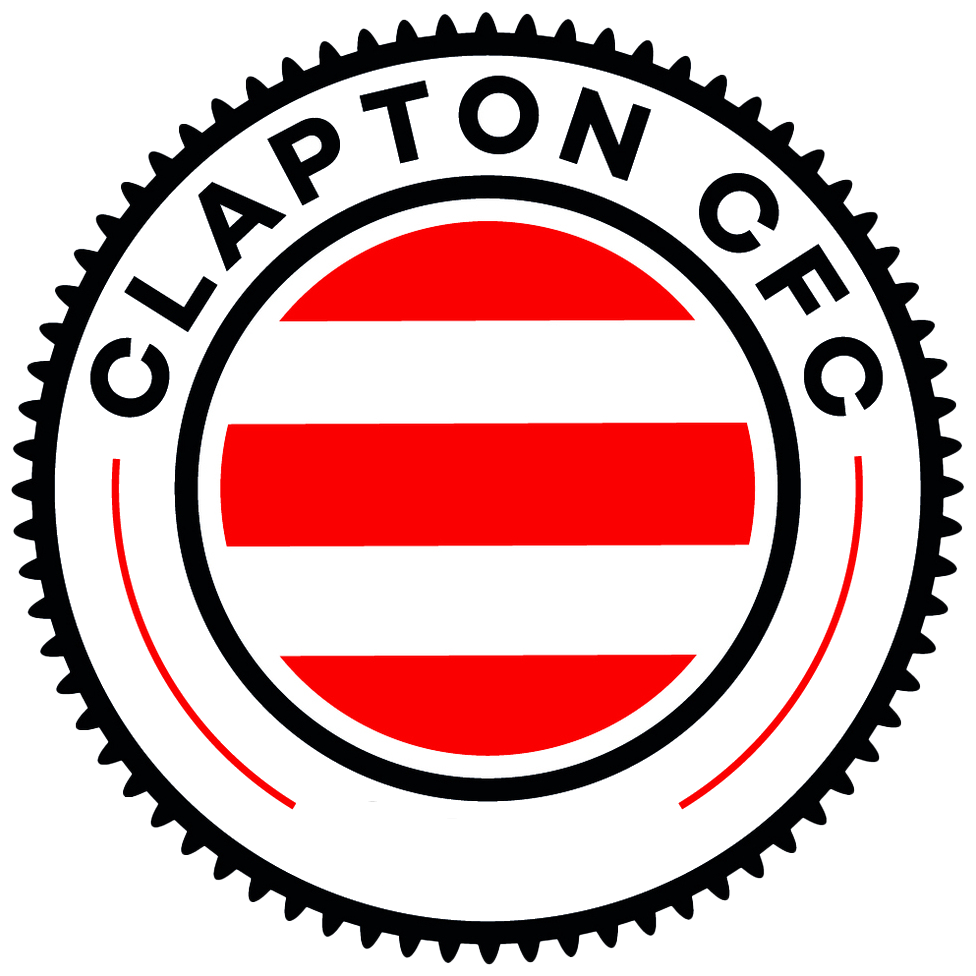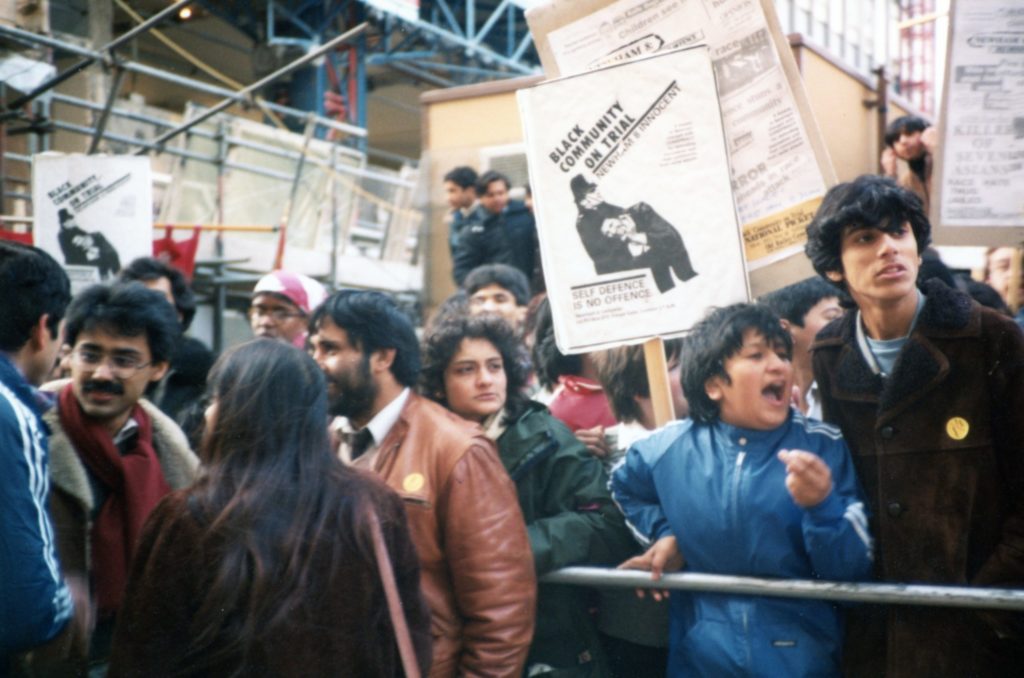Nowadays Black History Month in Britain has become a celebration of pioneering individuals, who by having been the first quite rightly win recognition, but also in some cases the establishment’s embrace as ‘national treasures’.
The intention was, however, always far wider. As the Institute of Race Relations said a decade ago, Black History Month was meant to “redress the significant racial imbalance in the interpretation of history” that was far more radical and more often curtailed and criminalised by the state than is routinely portrayed.
Many of these stories are largely forgotten: how in 1980, Black and Asian youths marched to Forest Gate police station following the racist murder of Akhtar Ali Baig on East Ham, formed the ‘Newham Youth Movement’ and called for mass demonstrations that led to numerous arrests. Or how in 1982, after Little Ilford school ignored the racist abuse of Asian pupils, eight Asian youths were arrested while escorting children home, after defended themselves from an attack by three white men who it turned out were police officers. When the ‘Newham 8’ were put on trial at the Old Bailey, 500 school children went on strike to picket the trial. Or how thousands marched in 1996 following Ibrahima Sey’s death in police custody, the first fatality resulting from police use of CS spray. Or how in 2006, thousands more marched demanding justice following the policing shooting (thankfully not fatally) of an innocent man during a bungled anti-terrorism raid in Forest Gate.
This resistance was invariably coordinated by Newham Monitoring Project (NMP), an anti-racist community group that for 35 years organised campaigns, offered casework support and ran an emergency helpline in east London. Few now remember NMP also helped set up Anti-Fascist Action in 1985 or that from 1989-1995, it mobilised against the British National Party in its then heartland in the south of the borough, organised patrols at the request of Black families and had volunteers injured and arrested for defending themselves against fascist violence.
Clapton Community FC can learn much from NMP and from Black and Asian struggles: about standing with vulnerable people under attack, focusing on practical solidarity and recognising our commitment to anti-fascism is impossible to separate from our opposition to inequality, injustice and institutionalised racism, especially by the police. These are our values too.
There are few communities with a longer radical tradition than right here on our doorstep in Newham. That’s why it is so important that CCFC chooses to embrace that history of radicalism in all its future work.
Kevin Blowe
Photo: School students picket outside the Old Bailey in 1982 during the six week trial of the Newham 8. Image by Ilona Aronovsky

